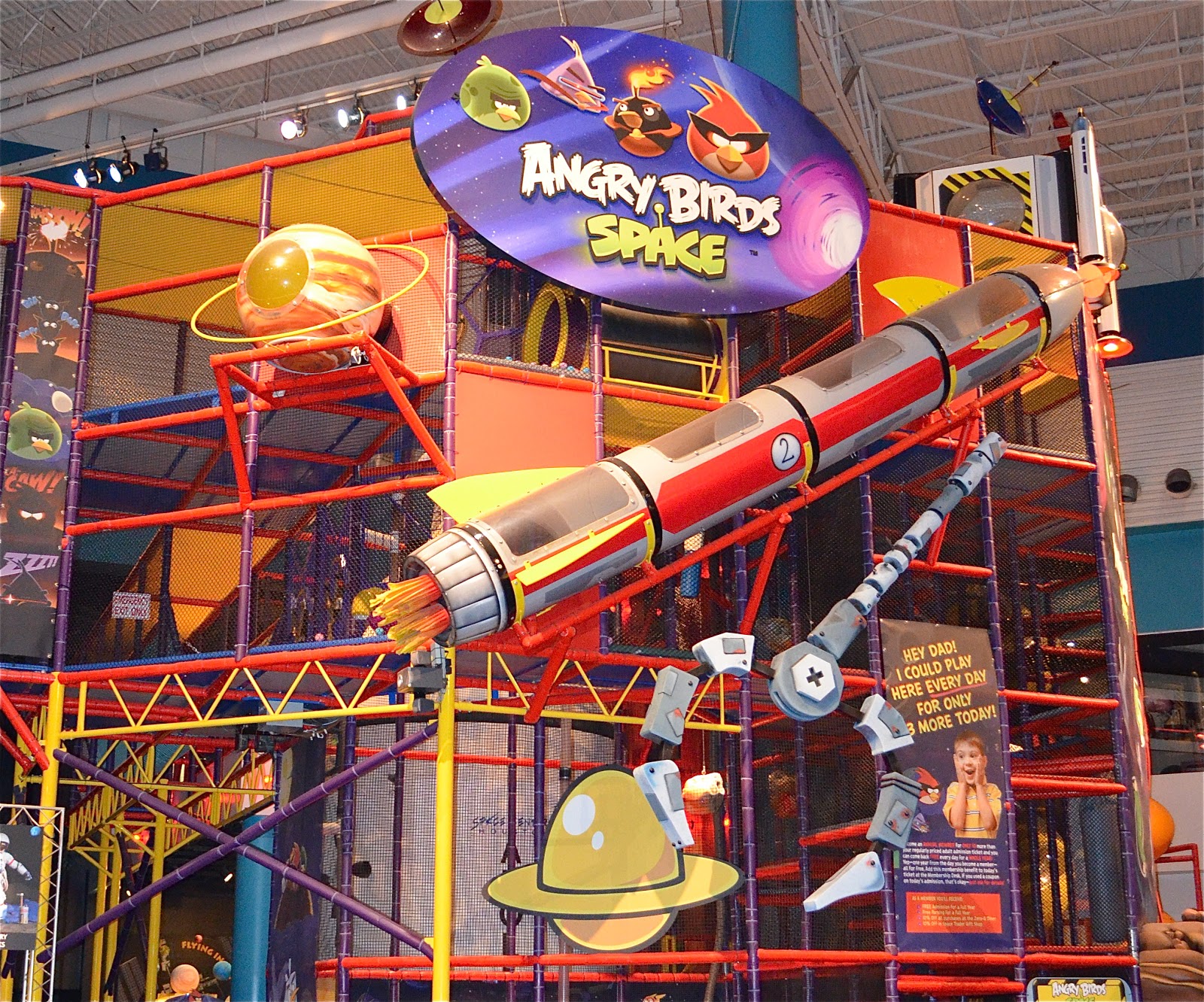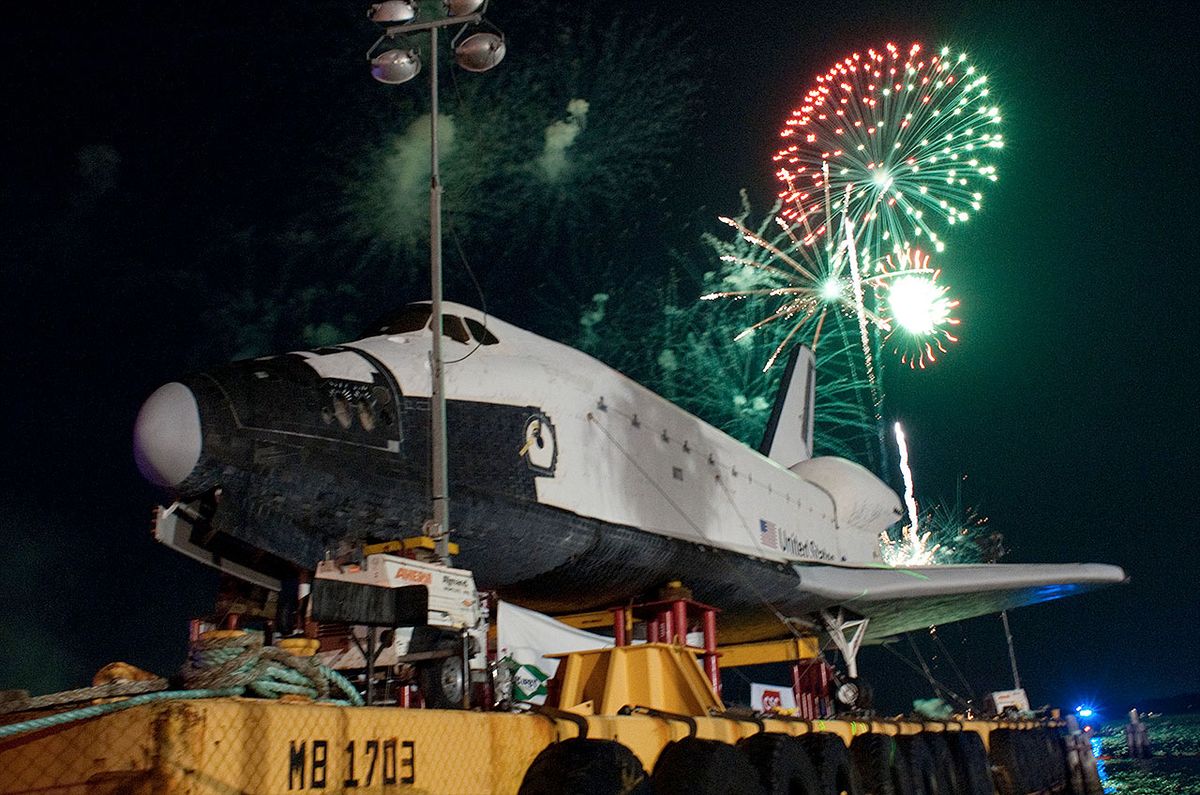
Subsequent missions will focus on using semiautonomous excavators and other machines to build living quarters, roads, greenhouses, power plants, and blast shields that will surround rocket launch pads. For that mission, a robotic arm with an excavator, which will be attached to the side of a lunar lander, will sort and stack regolith, says principal investigator Corky Clinton. The team’s first off-planet project is tentatively scheduled for late 2027. To avoid the high cost of shipping material from Earth, which would require massive rockets and fuel expenditures, that means using the regolith that’s already there, turning it into a paste that can be 3D printed into thin layers or different shapes. But the MMPACT team is preparing for the construction of sustainable, long-lasting structures. When humanity returns to the Moon as part of NASA’s Artemis program, astronauts will first live in places like an orbiting space station, on a lunar lander, or in inflatable surface habitats. But it’s also the first structure built for a NASA mission by the Moon to Mars Planetary Autonomous Construction Technology (MMPACT) team, which is preparing now for the first construction projects on a planetary body beyond Earth. The 1,700-square-foot space, which is the color of Martian soil, was designed by architecture firm BIG-Bjarke Ingels Group and 3D printed by Icon Technology.Įxperiments inside the structure will focus on the physical and behavioral health challenges people will encounter during long-term residencies in space. Made of a slurry that-before it dried-looked like neatly laid lines of soft-serve ice cream, Mars Dune Alpha has crew quarters, shared living space, and dedicated areas for administering medical care and growing food. The Apollo Mission Control Center was designated as a National Historic Landmark in 1985.In June a four-person crew will enter a hangar at NASA’s Johnson Space Center in Houston, Texas, and spend one year inside a 3D-printed building. These missions include the flight of Apollo 11 that first landed men on the Moon, the Apollo 13 mission that famously experienced an in-flight emergency and 40 other space missions. The recent restoration of Apollo Mission Control features the authentic consoles used to monitor nine Gemini, all Apollo Moon missions and 21 space shuttle missions. The NASA Tram Tour highlights the astronaut training program and the development of deep space manned missions, along with a behind-the-scenes look at Mission Control - real, out-of-this-world science right here on good ol’ planet Earth. The Astronaut Gallery includes the actual spacesuits worn by astronauts commanding a number of the NASA programs. The Starship Gallery houses the history of space travel and the space program, providing dazzling multi-media exhibitions featuring artifacts and hardware like the Mercury Atlas 9 capsule, the Apollo 17 Command Module, and the Gemini V Spacecraft.
#Nasa space center houston tx full
The Center is also home to one of the most entertaining attractions in the state with its full menu of visitor- friendly exhibits and activities. Today, the Space Center serves as the lead in NASA’s International Space Station, the largest and most complex human facility to operate in space. Kennedy with the express purpose of landing men on the Moon.

The Space Center, located south of Houston, was charged with the design, development, and operation of human space flight, a responsibility and goal set by President John F.

Johnson Space Center has been the global leader of human space flight operations for over thirty years.

Established as the Manned Spacecraft Center by NASA in 1961 and named in honor of the thirty-sixth president, the Lyndon B.


 0 kommentar(er)
0 kommentar(er)
